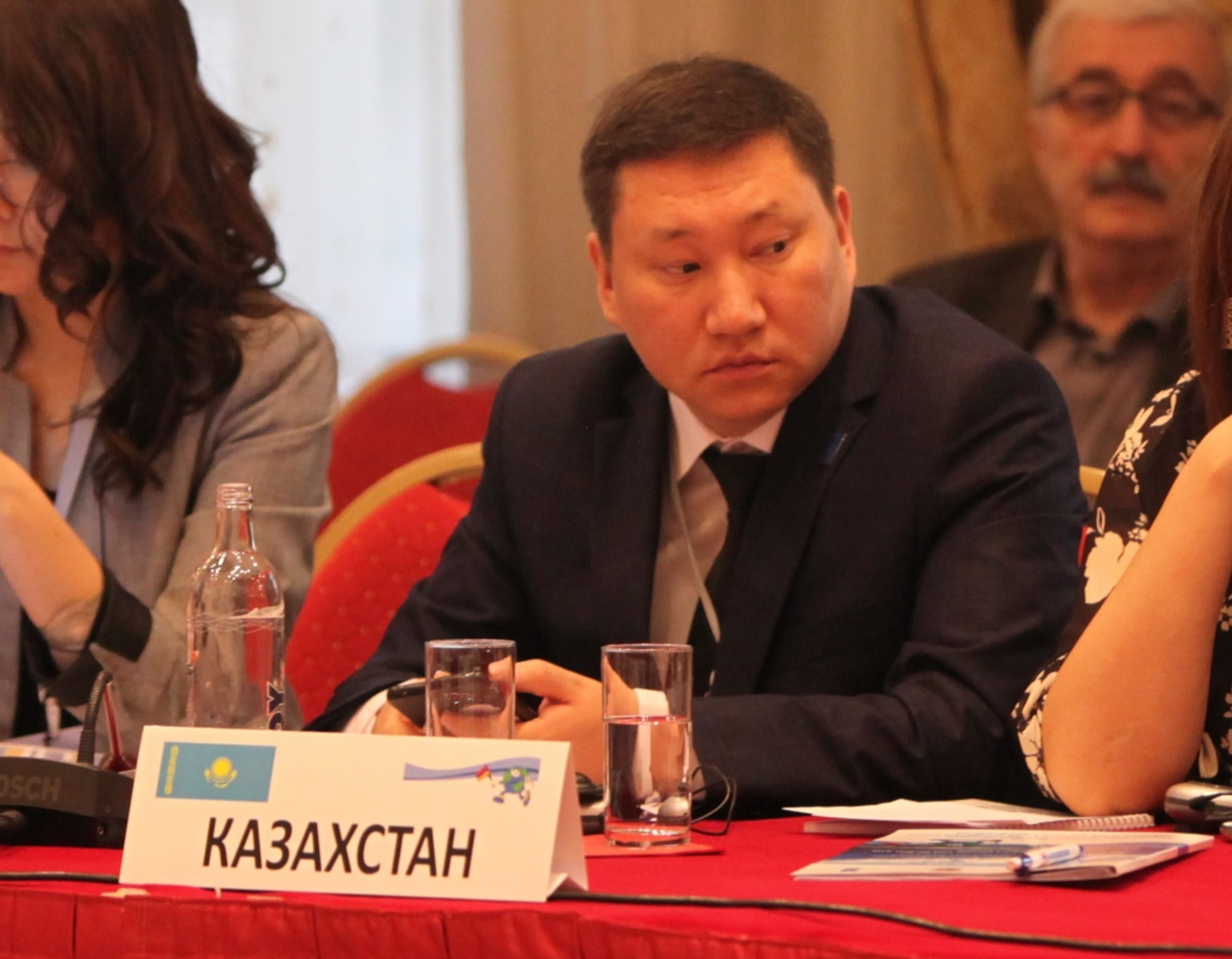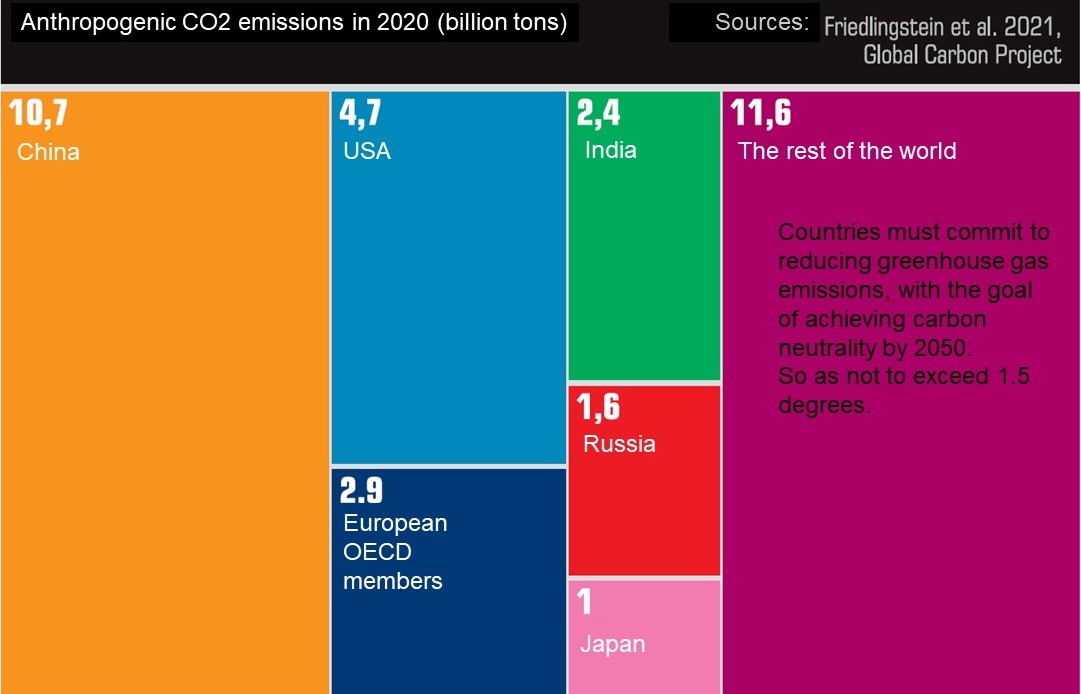The Coordinator of the Central Asia Climate Information Portal (CACIP) of the Regional Environmental Centre for Central Asia (CAREC), Azamat Kauazov, conducted a master class covering various aspects of climate change in the media.

According to Azamat Kauzov, the media should cover not only the problems of climate change, which are natural and have precedents but also the speed of change and features of representation.
“In the aspect of climate change, there is some pluralism of opinions; two main aspects stand out - anthropogenic climate change and climate sceptics. 97% of scientists do not object to the theory of anthropogenic climate change. However, in the aspect of the coverage of the problem by some media, this unanimity is eroded in the form of a false balance and, even vice versa, is presented distortedly and even with opposite results,” notes Azamat Kauazov.
“The issue of climate change must be covered objectively, without distortion or misinterpretation. CACIP is an important source of information in the Central Asian region, from where one can obtain information on the most important topics related to climate, water and others. CACIP is not only a source of information but also its generator. CACIP presents data and publications that can be useful to the media in preparing various materials,” believes Azamat Kauazov.
Brief excerpts from the report of CACIP Coordinator Azamat Kauazov “Climate change and climate education. Relevance, prospects and features of the presentation":
The Earth's climate is formed both by the Sun and by all environments of the planet: the atmosphere, hydrosphere, biosphere, volcanoes, ice cover, etc., which are in constant interaction. Now all of them are increasingly affected by human economic activity.
Little Ice Age
The reduced activity of the Gulf Stream coincided with the lowest level of solar activity. After the relatively warm 16th century, the average annual temperature in Europe dropped sharply. Greenland, the “Green Land”, was covered with glaciers, and the global temperature dropped by 1-2 degrees Celsius.
In the south of Europe, severe and long winters often recurred; in 1621–1669, the Bosporus Strait froze, and in the winter of 1708–1709, the Adriatic Sea froze off the coast. In the winter of 1620-1621, snow of “unheard-of depth” fell in Padua (Italy). The year 1665 turned out to be especially cold.
Europe experienced a new wave of cooling in the 1740s. During this decade, the leading capitals of Europe - Paris, St. Petersburg, Vienna, Berlin and London - experienced regular snowstorms and snow drifts.”
Changes in solar activity since 1900
The 11-year cycle leads to changes in global temperature of a maximum of ±0.10C
In the middle of the 20th century, the increase in peaks of solar activity slightly affected the temperature.
The decline in activity at the beginning of the 21st century slowed global warming slightly.
Hypothetical modelling of a new “little ice age” in the 21st century shows a decrease in global temperature over several decades of only 0.250C.
Impact of volcanoes
The impact of volcanoes is individual cooling peaks down to -0.30C (in rare cases up to -0.50C). Only during eruptions, when emissions reach the stratosphere - heights of 10-15 km or more. The last such strong eruption was in 1991.
A slight increase in volcanic aerosol content in the stratosphere at the beginning of the 21st century slowed global warming quite a bit.
Natural internal climate variability
Internal variability of the climate system, primarily due to ocean currents - variations in global surface air temperature by ±0.20C
Strong warming peaks typically result from strong, but short-lived, changes in tropical Pacific currents called El Niño (such as in 2015-2016), releasing heat from the ocean into the atmosphere. They are followed by opposite phenomena with a decrease in air temperature throughout the planet
The total effect of natural factors
Volcanoes, the Sun, the Earth's orbit, as well as internal variability (variations in currents and heat flows between the ocean and the atmosphere), cannot in any way explain observations over the past 50 years - an increase in temperature of 0.8-0.90C.
Other external factors (cosmic rays, internal heat of the Earth, magnetic field, etc.) currently do not have any significant impact.

The master class was organized for journalists and participants of the III International Winter School on the theme “Education for sustainable development: innovative models.”
The event organizers are the UNESCO Department of Sustainable Development and the UNESCO Department of Journalism and Communication.
